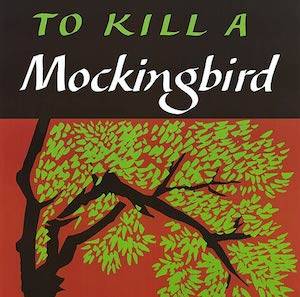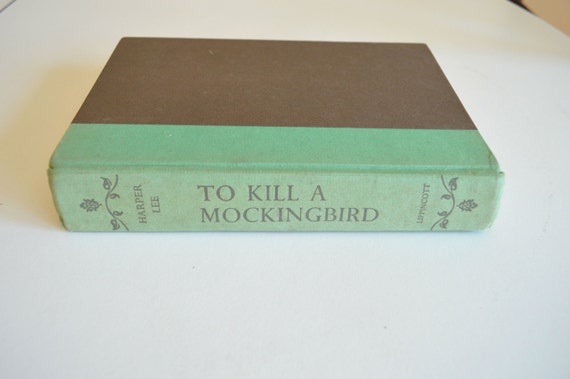

Fortunately, in the next moment, she called her editor.

All but drowning in multiple drafts of the same material, Lee suddenly threw open a window and scattered five years of work onto the dirty snow below.ĭid Lee really intend to destroy To Kill a Mockingbird? We'll never know. How the Novel Came to Be WrittenĪny claims for To Kill a Mockingbird as a book that changed history could not have seemed more far-fetched one winter night in 1958, as Nelle Harper Lee huddled in her outer-borough New York apartment trying to finesse her unruly, episodic manuscript into some semblance of a cohesive novel. Until you climb inside of his skin and walk around in it." By the end of the novel, Scout has done exactly that-guessed at the pain not only beneath Tom Robinson's skin, but also under that of her neighbor. Tying the stories together is a simple but profound piece of advice Atticus gives Scout: "You never really understand a person until you consider things from his point of view. She illustrates the second with Atticus's courage in defending Robinson to the best of his ability, despite the racial prejudices of their small Southern town. Lee treats the first through the children's fear of their mysterious neighbor. Atticus suspects he will lose the case, but he faces up to the challenge just the same, at one point heroically stepping between his client and a lynch mob.Īlong with its twin plot lines, To Kill a Mockingbird has two broad themes: tolerance and justice. The local judge appoints him to defend a black man, Tom Robinson, who is falsely accused of raping a white woman. The second story concerns Scout and Jem's father, the attorney Atticus Finch. Unexpectedly, Boo reciprocates their interest with a series of small gifts, until he ultimately steps off his porch and into their lives when they need him most. Scout, Jem, and their next-door neighbor Dill engage in pranks, trying to make Boo show himself. The first plot revolves around Arthur "Boo" Radley, who lives in a shuttered house down the street from the Finches and is rumored to be some kind of monster. The book's two plots inch forward along parallel tracks, only converging near the end. This echoes the way the whole book unfolds-in no special hurry, with lifelike indirection.


The novel opens with the adult Jean Louise "Scout" Finch writing, "When he was nearly thirteen, my brother Jem got his arm badly broken at the elbow." By the time Jem finally gets around to breaking his arm more than 250 pages later most readers will have forgotten they were ever warned. Harper Lee's To Kill a Mockingbird begins at the end. Few novels so appealingly evoke the daily world of childhood in a way that seems convincing whether you are 16 or 66. Harper Lee's To Kill a Mockingbird is the rare American novel that can be discovered with excitement in adolescence and reread into adulthood without fear of disappointment.


 0 kommentar(er)
0 kommentar(er)
